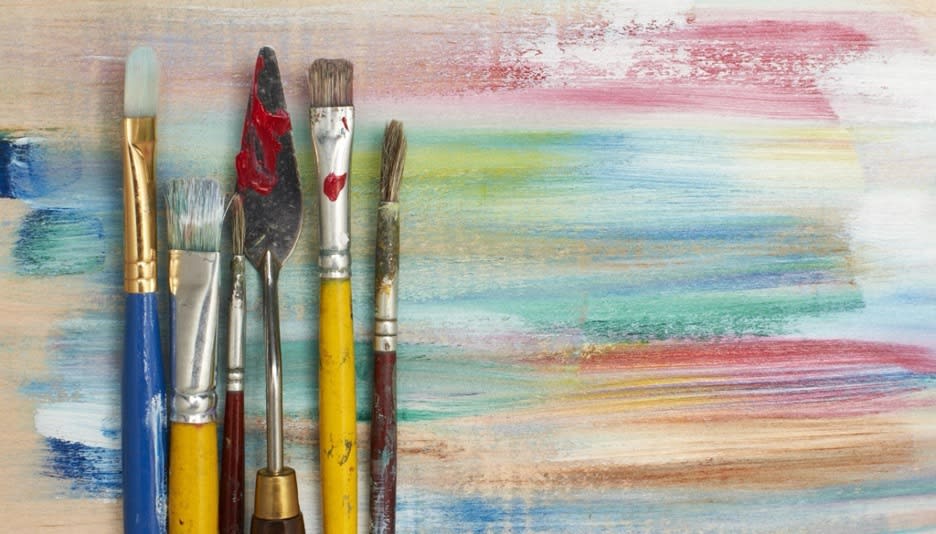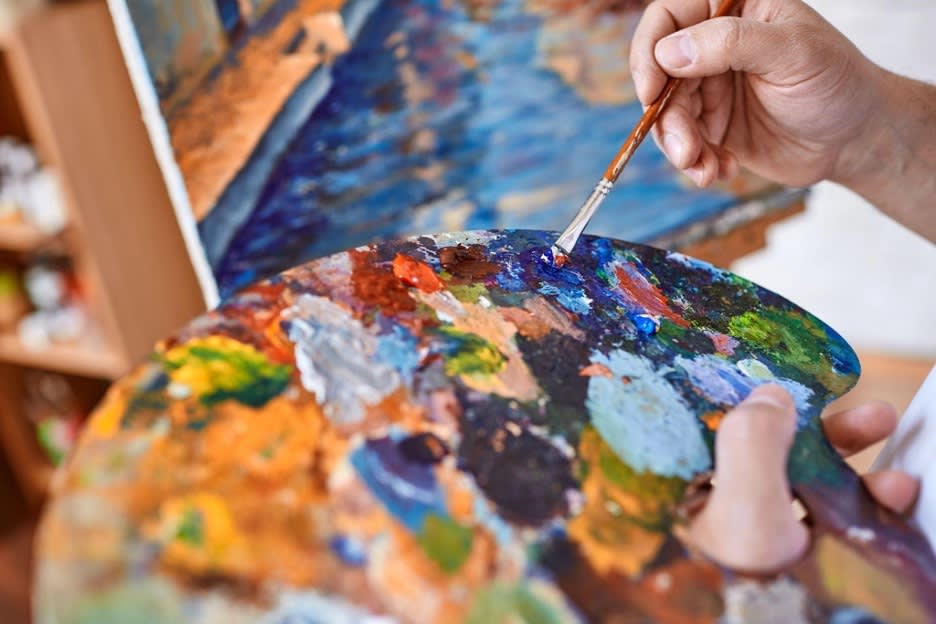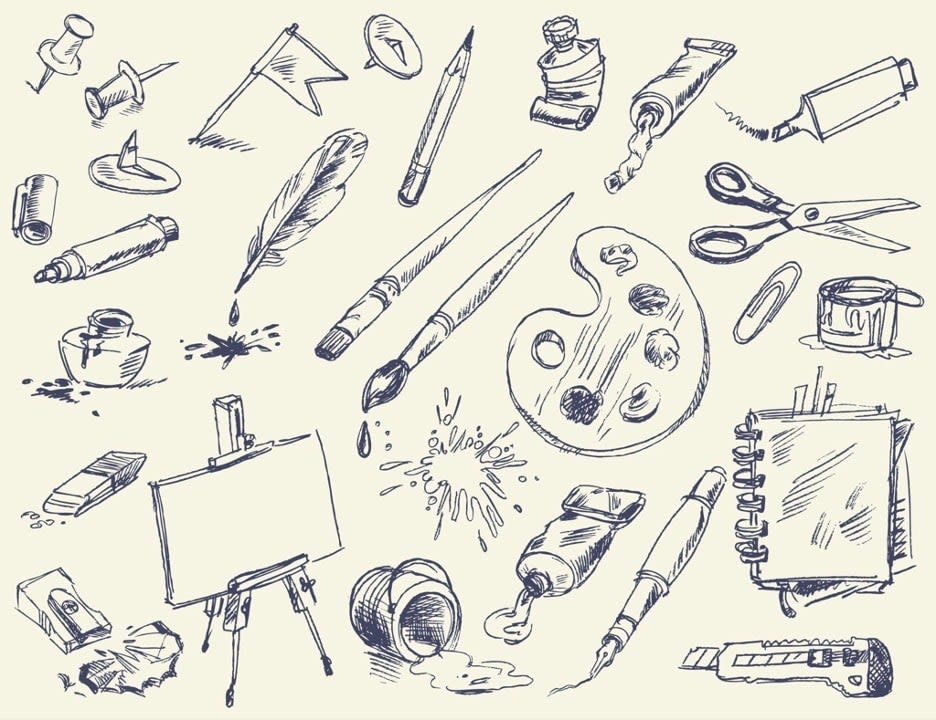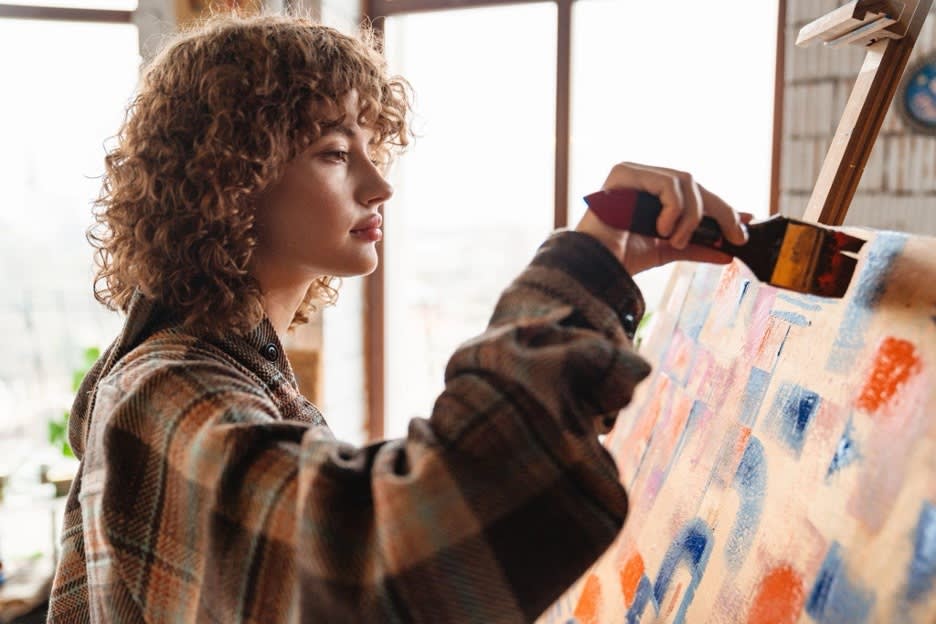Become A Skillful Artist with 5 Efficient Tips and Tricks
Top 5 Tips and Tricks to Know to Become a Great Artist

Image: Depositphotos
Art is a powerful means of self-expression, communication, and storytelling. With art, you can capture emotions, challenge perspectives, and bring ideas to life. Whether you're just starting or looking to refine your skills, mastering the artistic journey requires dedication, creativity, and strategic learning. What key principles, techniques, and habits can help you grow into a skilled and confident artist?
If you've ever asked yourself, "How can I become an artist?", this guide will provide essential insights to help you succeed. From understanding what fine art is to applying techniques that enhance your craft, here's everything you need to know to become an artist and thrive in the creative field. Read on!

Image: Depositphotos
What is fine art and how is it different from graphic design?
Before diving into the artistic process, it's essential to understand what fine art is and how it compares to other creative fields like graphic design. Fine art includes artistic works created for aesthetic and intellectual purposes, such as painting, sculpture, and drawing. It highlights personal expression and originality without commercial intent.
In comparison, graphic design involves creating visual content for communication for practical and commercial purposes. While both art fields require creativity and technical skill, fine art focuses on self-expression and conceptual depth, whereas graphic design prioritizes usability, branding, and marketing objectives.
What you should know before you can become an artist
If you're wondering how to be an artist, it's essential to recognize that becoming successful in the field requires more than talent. Here are a few foundational aspects to consider:
- Developing a strong artistic vision. Every artist needs a unique voice and perspective. Make sure to experiment with different mediums and subjects to find what resonates with you.
- Building technical skills. Whether you intend on working in illustrations art, painting, or sculpture, mastering techniques and tools is crucial to bringing your ideas to life. To start, focus on basic skills such as composition and perspective. Study professional techniques to refine your craft.
- Understanding art history and theory. Learning about past and contemporary artists can inspire your work and provide context for your creative direction. For example, studying the impressionists' use of light and color or the surrealists' exploration of dreams can help you develop your artistic style and approach.
- Creating an art portfolio. A well-curated collection of art illustrations and designs will showcase your skills and style to potential clients, galleries, or academic institutions.
- Practicing consistently. Just like any skill, art requires dedication and regular practice. Set a time to sketch, paint, or explore new techniques every day. You can challenge yourself with complex subjects, experiment with styles, or take on unusual projects.

Image: Depositphotos
How to be a good artist: 5 useful tips and tricks
With a proper foundation, let's explore five advanced strategies on how to be a good artist and enhance your creative abilities.
1. Develop a daily sketching habit with purpose
Great artists don't just sketch for fun, they use it to train their eyes and refine their techniques. Dedicate at least 30 minutes daily to sketching, focusing on specific elements like perspective, shading, or anatomy. This structured practice will improve your precision and artistic intuition over time. Furthermore, you can track your progress by reviewing your previous sketches, identifying improvement points, and setting new challenges to continue evolving your skills.
2. Experiment with unconventional mediums and techniques
To stand out, push the boundaries of traditional art by working with mixed media, digital tools, or unconventional surfaces. Integrating different textures and elements into your illustrations and art can also create a unique and recognizable style. For example, try combining watercolor with ink, using textured paper, or creating digital collages. Experimenting with unconventional materials, such as fabric, metal, or recycled objects, can open new creative possibilities.
3. Learn the business of art and build your brand
Understanding the commercial side of art is just as important as honing your skills. You want your passion to bring you profit, and having a business mindset can help you navigate the art market effectively.
To start, study pricing strategies, networking, and marketing techniques to effectively promote and sell your art illustrations. For example, learn how to set competitive prices based on your experience, the market demand, and the materials costs, or leverage social media platforms to build a loyal following and grow your popularity. Usually, a strong online presence, a cohesive portfolio, and licensing knowledge can set you apart in the competitive art world.

Image: Depositphotos
4. Analyze and deconstruct masterpieces
Instead of simply admiring artworks, dive deeper into deconstructing the techniques used by renowned artists. Study their brushwork, color palettes, and composition choices. For example, analyze how Van Gogh uses bold, expressive brushstrokes to create texture, or how Rembrandt masterfully plays with light and shadow to convey mood.
Also, recreating popular artworks with your specific twist can help refine your artistic skills, expand your creative vision, and teach you how to become an artist with a unique perspective.
5. Cultivate patience and embrace critique as growth
Great art takes time, and improvement comes with persistence. Accept constructive criticism as a tool for refinement rather than discouragement. You can seek feedback from mentors, art communities, and professionals to continually enhance your work and understand how to be a great artist in an evolving industry.
Don't shy away from challenging feedback; use it as an opportunity to grow and see your work from a different perspective. By embracing critique, you develop resilience and a deeper understanding of your artistic process.
To wrap up
Becoming a successful artist requires passion, perseverance, and continuous learning. Whether you're exploring what fine art is, refining your skills, or building a portfolio, the journey to becoming an artist is fun. By following this article's efficient strategies for being a great artist, embracing feedback, and staying dedicated to your creative expression, you can turn your artistic aspirations into a fulfilling career.